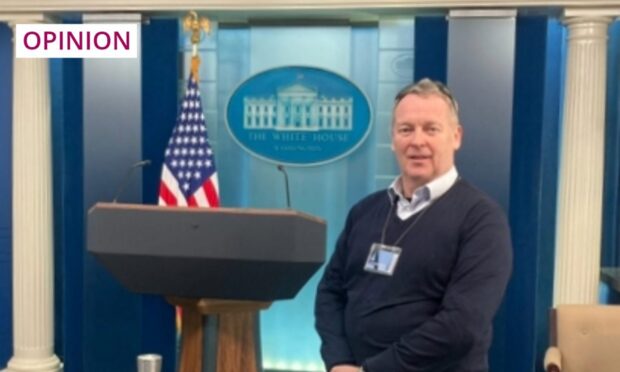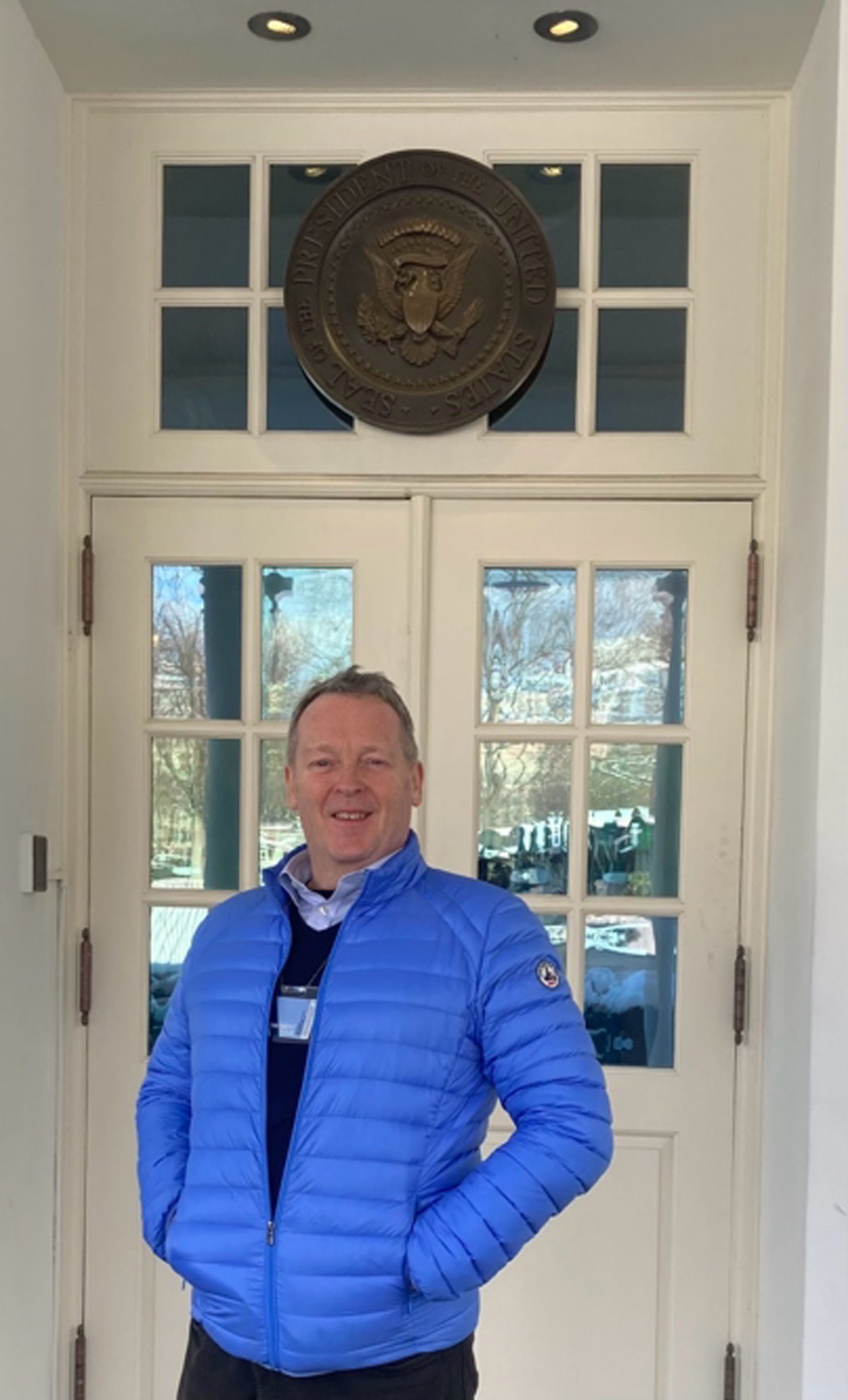Because my brain is an ossuary for all things old Inverness, the image is imprinted indelibly on my frontal lobe.
I would only have been four years old, but I can remember it well – the wrecking ball started to swing and the quaint and historic heart of my hometown was ripped out, to be replaced by ghastly concrete boxes. And, while my eye saw and my brain remembers what went before, the wanton destruction of God’s town means my soul will never heal.
Whitewashed and simply designed, the extant mental image is of a building known as Queen Mary’s House. It stood overlooking the River Ness, at the foot of Inverness’s arterial Bridge Street.
It was so named because Mary Queen of Scots stayed there in 1562 while her army besieged the nearby castle. The siege lasted only a matter of days. When the walls were breached, she ordered Alexander Gordon, the keeper of the castle who had closed the doors in her face, to be hanged for his brazen lèse-majesté.
But enough history lessons. My childish self knew it simply as “the White House”.
Its counterpart in Washington DC is one of the modern wonders of the world. And, as a keen student of America and all about it, it’s a building I have stood outside many times.
I have photographs of myself there, morning, noon and night, in every seasonal weather as I wonder, all agog, at the simple beauty and elegance it shares with its deceased Inverness soulmate. But that’s outside.
Visiting the White House
Americans can lobby their congressman, but as I had access to no such commodity, I opened my contacts book and reached out, as our cousins from across the pond say.
The first email went to the defence attaché at the British embassy in Washington DC who, because I’m a serving Army officer, referred me to the Pentagon, which, because I’m not American, referred me to the State Department, which, because I’m a tourist with an odd request, referred me to Homeland Security.
Eventually, I found my guy, and the overtures began. This all happened last summer. In the interregnum, I remained in touch, keeping the kettle boiling. I was counting the days, like a kid before Christmas.
Perhaps unsurprisingly, security on the big day was like nothing I had ever seen. It kicked even Faslane into touch.
No bags were allowed, but – unexpectedly – phones were. There were three separate searches, sniffer dogs, X-rays and passport checks before I was allowed onto the grounds.
It was bitterly cold, around -12 in Scottish money. Although my breath condensed into clouds before my eyes, I stopped at the Jacqueline Kennedy Garden to take in the view – but not of snow-obliterated flowerbeds. Instead, the eye was drawn to the glorious white East Colonnade, and the vista, beyond the high fence, of the Washington Monument obelisk.
Then, inside for the first time and warmed not only by the central heating, but flushed from the knowledge that I was walking in the footsteps of history.
The glorious library, created by Franklin D Roosevelt in 1935, now holds nearly 3,000 volumes relating to American culture, politics and philosophy. The shelves they rest on are made from pine timbers, left over from construction of the White House in the 18th century.
It was here that Begin and Sadat signed the Camp David treaty, LBJ signed the Civil Rights Act, and where Presidents Lincoln and Kennedy lay in state
More wows and oohs and ahs were elicited in the elaborately decorated and furnished Blue, Red and China Rooms. But, for me, the best was yet to come – and we were still in the East Wing.
The East Room is described as the setting for history as it happens. It was here that Begin and Sadat signed the Camp David treaty, LBJ signed the Civil Rights Act, and where Presidents Lincoln and Kennedy lay in state after being assassinated in office.
The West Wing
Up-to-date now, and into the West Wing at last and the media briefing room, where I have always wanted to sit amid the battle between verities and spins. But it proved surprisingly tiny and rammed with TV equipment which used to be the tools of my trade.
I stood for the obligatory photo beside the spokesperson’s podium, wondered what might have been if I’d chosen to be a gamekeeper not a poacher, then stepped outside, where I was relieved of my phone, subjected to another three security checks, and ushered along an anonymous corridor.
I passed a door marked simply but ominously “Situation Room”, then moved along to a wide, sofa-lined waiting area, where stood a stony-faced and heavily-armed Secret Service agent, who eyed me critically.
Beside him was an open door into a small, modestly-furnished room, totally bereft of IT, but redolent with omnipotence. He beckoned me forward, and I walked over the threshold and into the Oval Office.
Mike Edwards OBE was the face of the evening news on STV for more than 25 years and is a published author, a charity trustee and a serving Army Reservist


Conversation